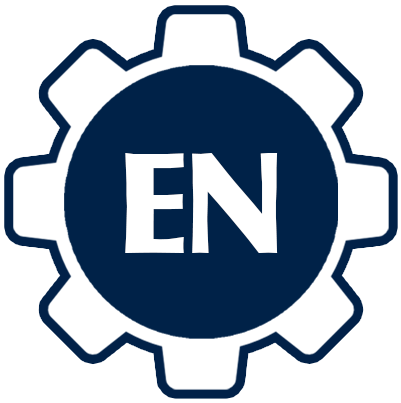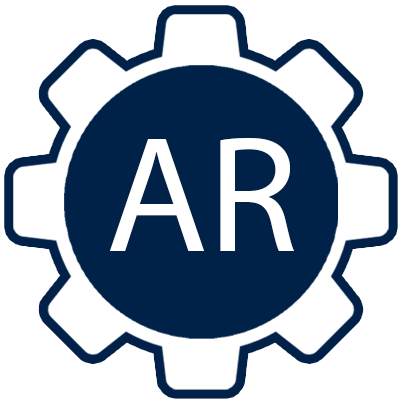1- Handbook of Disaster Risk Reduction for Resilience
New Frameworks for Building Resilience to Disasters
Editors: Eslamian, Saeid, Eslamian, Faezeh (Eds.)
Discusses how to measure and build disaster resilience at society’s capacity.
Outlines the key indicators of disaster resilience and how communities can target them.
Provides the available resources and techniques to build resilient communities.
This book is part of a six-volume series on Disaster Risk Reduction and Resilience. The series aims to fill in gaps in theory and practice in the Sendai Framework, and provides additional resources, methodologies and communication strategies to enhance the plan for action and targets proposed by the Sendai Framework. The series will appeal to a broad range of researchers, academics, students, policy makers and practitioners in engineering, environmental science and geography, geoscience, emergency management, finance, community adaptation, atmospheric science and information technology.
This volume discusses how to measure and build disaster resilience at society’s capacity, drawing upon individual, institutional and collective resources to cope with and adapt to the demands and challenges of natural disaster occurrences. The book will serve as a guide, outlining the key indicators of disaster resilience in urban and rural settings, and the resources and strategies needed to build resilient communities in accordance with the targets of the Sendai Framework. Readers will learn about multi-risk reduction approaches using computational methods, data mining techniques, and System Thinking at various scales, as well as institutional and infrastructure resilience strategies based on several case studies.
لینک دسترسی به کتاب:
https://www.springer.com/gp/book/9783030612771
2- بهینه سازی سامانه های منابع آب
نویسنده: دکتر امید بزرگ حداد
ناشر: دانشگاه تهران، مؤسسه انتشارات
این کتاب در قالب هشت فصل تدوین شده است که در فصل اول کلیاتی از منابع آب موجود، محدودیت ها و لزوم کاربرد بهینه سازی در مسئله های مهندسی منابع آب ارائه می شوند. در فصل دوم، مفهوم های پایه و اساسی مطرح در بهینه سازی که به عنوان مبانی اولیه بایستی در مدل سازی هر طرح منابع آب مدنظر باشند، معرفی می شوند. در فصل سوم، برنامه ریزی خطی که از اصلی ترین روش های بهینه سازی می باشد، با حل مثال های کاربردی تشریح می شوند. در فصل چهارم، به معرفی و گردآوری روش های اصلی برنامه ریزی غیرخطی پرداخته شده است و مثال های گوناگونی در حوزه منابع آب، حل شده اند. در فصل پنجم، به معرفی برنامه ریزی پویا به عنوان روشی ساده، مهم و کاربردی از بهینه سازی در مسئله هایی که یا دارای ماهیت گسسته هستند و یا با روش هایی گسسته سازی در آنها انجام گرفته است، پرداخته می شود. در فصل ششم، روش های بهینه سازی در مسئله های دارای عدم قطعیت، با ماهیت پیوسته، در منابع آب ارائه می شوند و در فصل هفتم عدم قطعیت ها در بهینه سازی مسئله های گسسته مطرح می شوند. در فصل هشتم، مبانی الگوریتم های تکاملی و فراکاوشی به عنوان روش های نوینی که جایگاه خود را در یافتن جواب بهینه آب پیدا کرده اند، معرفی می شوند.
لینک دسترسی به کتاب:
https://www.adinehbook.com/gp/product/9640367036/ref=sr_2_1000_title_2



